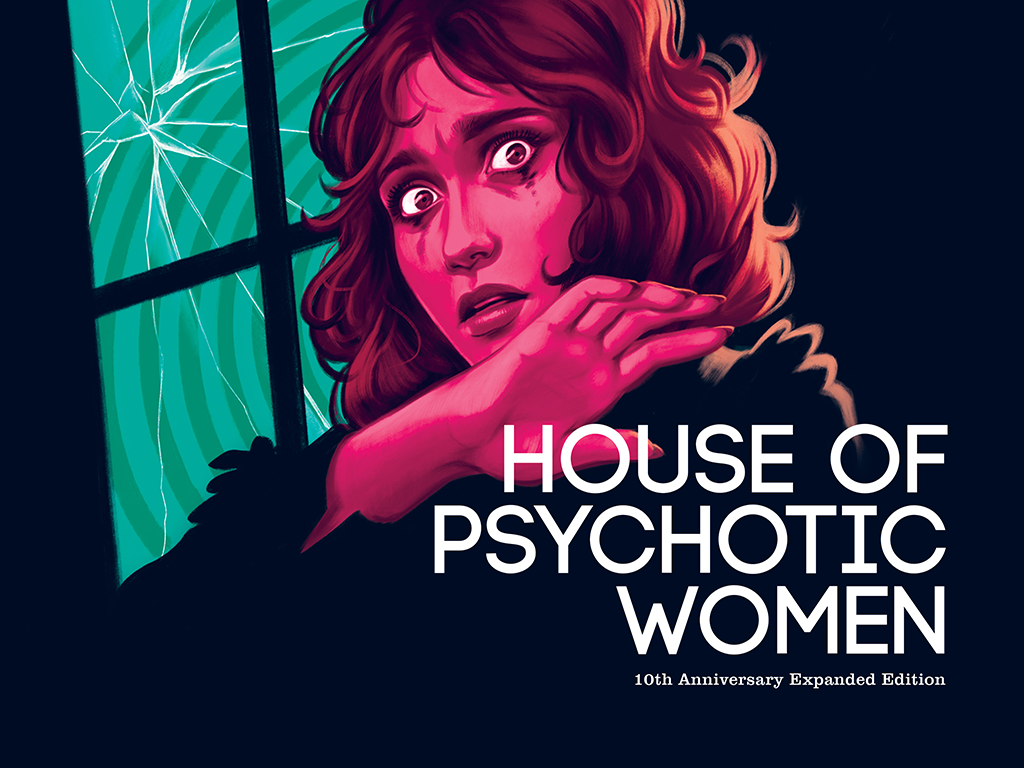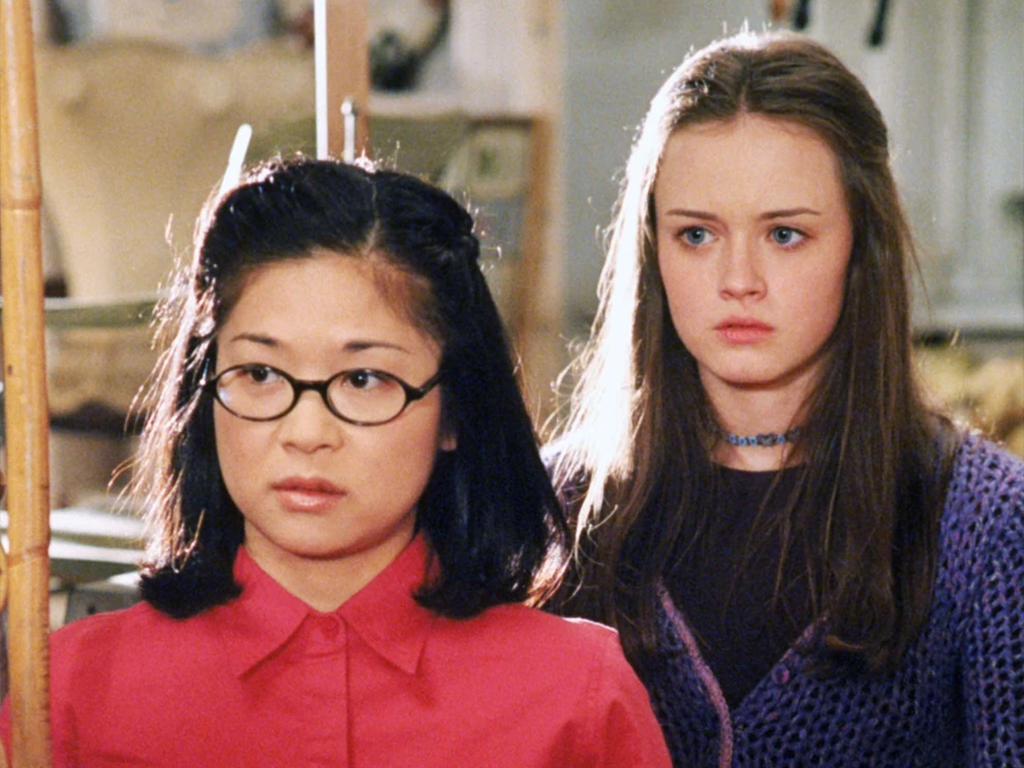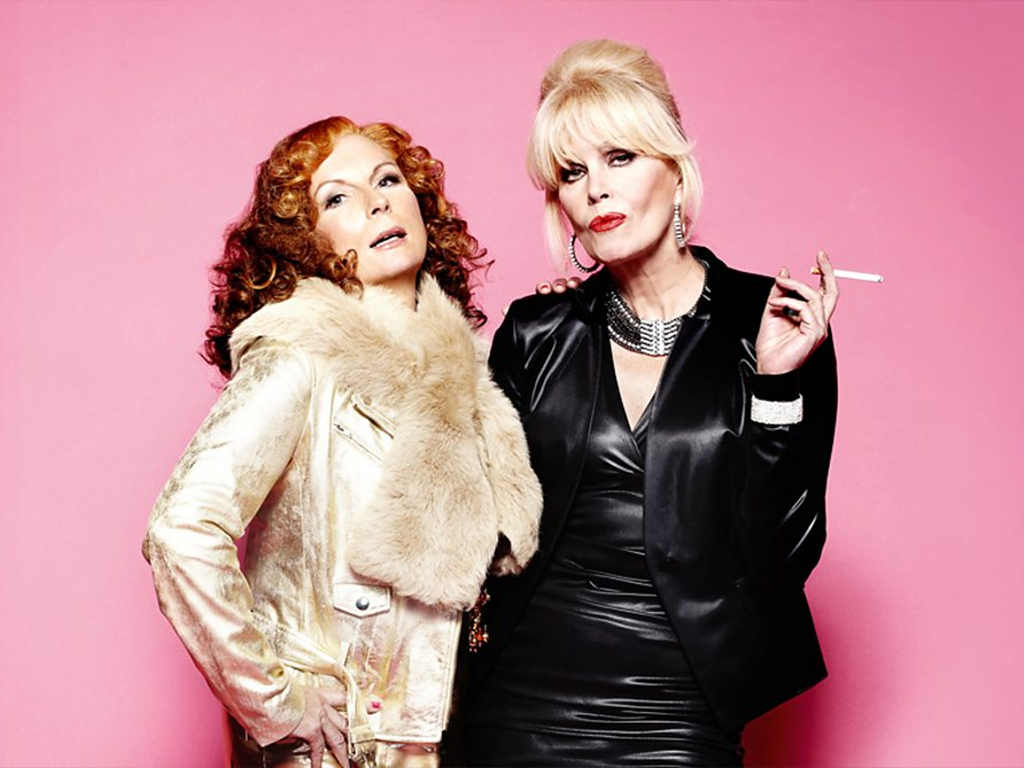When I started formally studying film in college, I hated the academic writing I was forced to produce. It felt devoid of personality and far removed from the deeply personal experience of watching movies. I didn't understand why, in order to be taken seriously, film critics had to pretend they were unbiased automatons who were somehow able to consider art objectively. Doesn't a writer's own experience have value? Don't all people ultimately engage with art in order to learn something about themselves?
Imagine my surprise and delight when I first encountered Kier-La Janisse's "House of Psychotic Women," a book that seamlessly blends film analysis with memoir. By using movies to help her understand her own life, Janisse leads both herself and the reader to more meaningful conclusions than any piece of detached academic writing ever could. Early on, she writes, "We have more patience, or perhaps even empathy, for fictional characters than we do their real-life counterparts. Faced with neurosis in film or literature, we want to investigate rather than avoid." By combining the two genres, Janisse breathes life into the "psychotic women" we see on screen by explaining how they fit into her own narrative. It's a book that still feels radical in its methodology and vulnerability, even ten years after its first release.
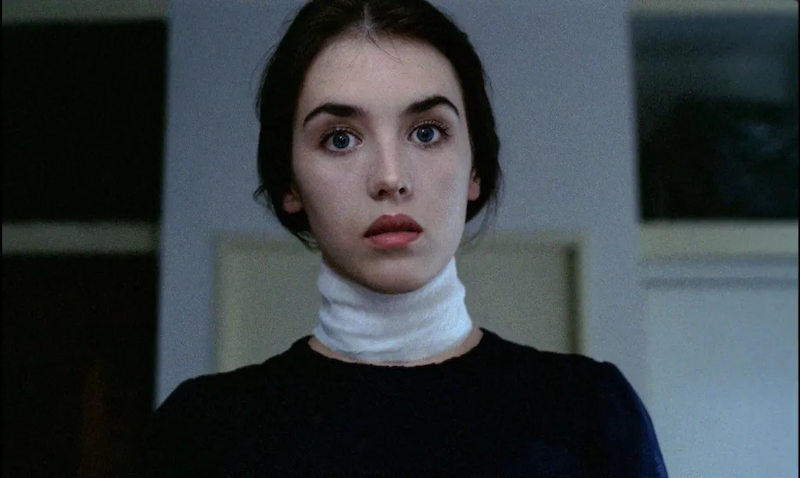
If you've been reading this blog for a while or have listened to my podcast, you've probably heard me mention "House of Psychotic Women" many times over the years. Like Janisse, I have always used movies (and books) to help me understand myself; unlike Janisse, I don't have the guts to put my inner demons out there for other people to consume and dissect. For those who have missed my previous spiels about this fantastic book, here's a brief rundown.
What is the book about?
"House of Psychotic Women" debuted in 2012 and quickly became a beloved book, especially within the horror community. The first half is a memoir that takes the reader from Janisse's childhood into her thirties with the films that informed her shifting perspective woven in throughout. Janisse's tone is never sentimental and often, she writes about horrible shit that happened to her — like witnessing her mother's rape as a child — with a level of calm that is very distinctly Canadian. Her writing is accessible and never pretentious. Janisse isn't concerned with crafting flowery prose or proving to the reader how smart she is (it's obvious), but with writing an honest, analytical overview of her life thus far with horror and exploitation cinema's psychotic women as her guideposts.
The second half of the book contains an appendix, entitled "Compendium of Female Neurosis," featuring hundreds of film reviews. When I first read this book, I was probably only familiar with 30% of the films mentioned and have since been slowly making my way through the full list.
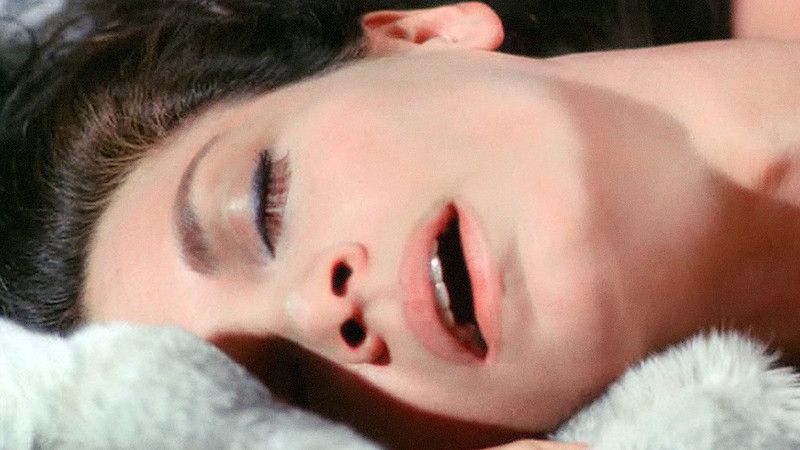
Who is Kier-La Janisse?
She's a writer, programmer, producer, director, and founder of The Miskatonic Institute of Horror Studies and micro-press Spectacular Optical Publications. Thanks to Instagram, I also know that she has a precious gray cat named Zacherley (the cool ghoul). If you want to know more, check out my 2018 interview with her where we primarily discuss another one of her upcoming projects, a monograph on Monte Hellman's "Cockfighter" (1974).
Her directorial debut, "Woodlands Dark and Days Bewitched: A History of Folk Horror," is currently streaming on Shudder. Don't let the three-plus hour runtime deter you: It is well worth the watch.
Who is this book for?
What I love most about this book is how well it works for casual viewers and horror fanatics alike. Janisse has an encyclopedic knowledge of horror that provides her the ability to pull obscure references and make challenging connections; however, she never leaves the reader in the dark, always providing enough context for anyone to follow along.
This isn't necessarily a book you have to sit down and read in its entirety, either. You totally could do that if you wanted to, but it works just as well as a reference guide. I do recommend reading the entire memoir as a standalone text, but the appendix can be read piecemeal as you begin watching (or rewatching) each film. I recently consulted it after watching "Alucarda" (1977) and "Trouble Every Day" (2001), two films discussed on the podcast this year. If I watch anything with a psychotic woman at the center, you better believe I'm pulling my tattered copy off the bookshelf for a quick perusal.
Why are you talking about this book now?
An expanded, tenth anniversary edition is now available. The text of the memoir remains unchanged, but the new copy comes with an updated preface and one hundred new films in the appendix, including "Always Shine" (2016), "Braid" (2018), and "Raw" (2017). You don't need to rush out and buy an updated copy if you already own one from 2012, but definitely grab this 2022 version if you're buying for the first time or need to replace a copy that's been beaten to shit over the years.
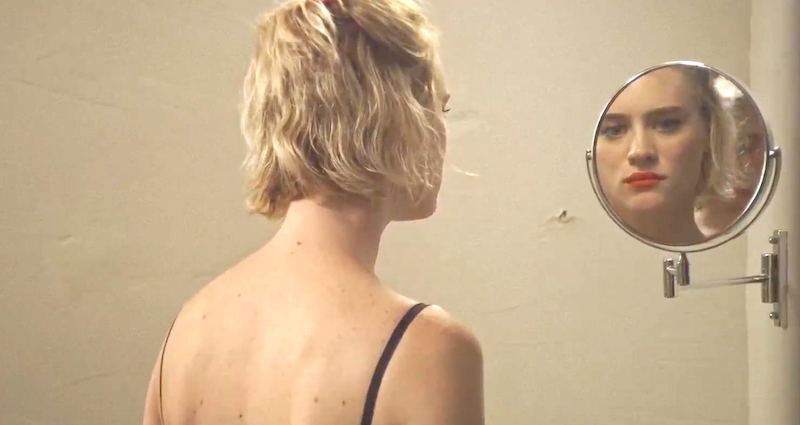
What movies does the book mention?
This Letterboxd list contains all the films mentioned in the 2012 edition.
Where can I buy a copy?
Order the book from FAB Press and receive some fun exclusives or check with your local bookstore. Amazon has copies, but the book is no cheaper there than it is on FAB Press, so why bother with those dillweeds?
At this time of year, when horror season is in full-swing, I often think of Gita Jackson's 2015 essay for Polygon, "Horror movies are one of the few places women are told their fears are real." For Janisse, this "psychotic women" subgenre goes even further by showing women who are "completely crazy, in one way or another." How often are women told to calm down, to make themselves small, to disappear within themselves instead of directing their problems outward? There is something powerful about watching women completely lose their shit whether over something real or imagined. Women are so rarely given the opportunity to let their neuroses spill over that when it happens, it's hard to look away. Janisse encourages us not only to keep looking, but to think seriously and draw parallels to our own lives.

Along with the release of the book, Severin Films has created a dope box set, "House of Psychotic Women Rarities Collection," that contains four films selected by Janisse and lovingly restored from the vault:
- "Identikit" (1974), directed by Patroni Griffi, written by Raffaele La Capria and Patroni Griffi
- "I Like Bats" (1986), directed by Grzegorz Warchol, written by Krystyna Kofta and Warchol
- "Footprints" (1975), directed by Luigi Bazzoni, written by Mario Fenelli and Bazzoni
- "The Other Side of the Underneath" (1972), directed and written by Jane Arden
Each film is introduced by Janisse and comes with other special features, like audio commentary, interviews, video essays, and extended sequences. Anyone who likes a solid post-watch deep dive will find this box set invaluable, especially when paired with the book. If you want my two cents on each film, keep reading.
"Identikit"
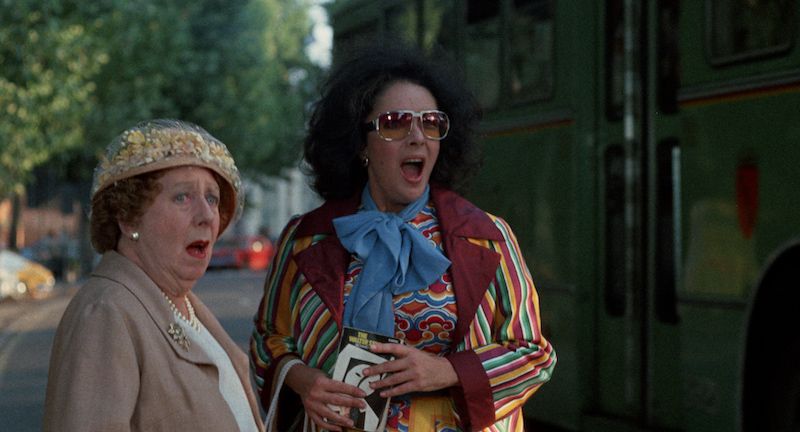
Elizabeth Taylor is at her most delightfully unhinged in "Identikit," an adaptation of Muriel Spark's 1970 novella, "The Driver's Seat." Lise (Taylor), a middle-aged woman in a delicate mental state, takes a trip from London to Rome in search a man to enact some sort of mysterious, erotic fantasy. On first watch, I wasn't sure exactly what she was after but on second watch, I noticed clues of Lise's intentions had been sprinkled throughout the film. The story is told in a non-linear fashion, flashing forward and backward to slowly reveal pieces of the puzzle. What I found most interesting is the opaque motivation behind Lise's actions. Even at the end, when her fate is revealed, the viewer is left with no better understanding of Lise. If anything, she remains even more unknowable than she was at the start.
The special feature segment with writer and literary historian Chandra Mayor piqued my interest in Muriel Spark. She had been on my to-read list for ages and thanks to Mayor, I'm finally diving into her work. She describes Spark as "such a sharp and astute observer that she made people uncomfortable. Certainly her novels made people uncomfortable." A writer after my own heart! While I can't yet comment on whether I agree with Mayor, I can say that "Identikit" left me feeling strangely off-kilter for days.
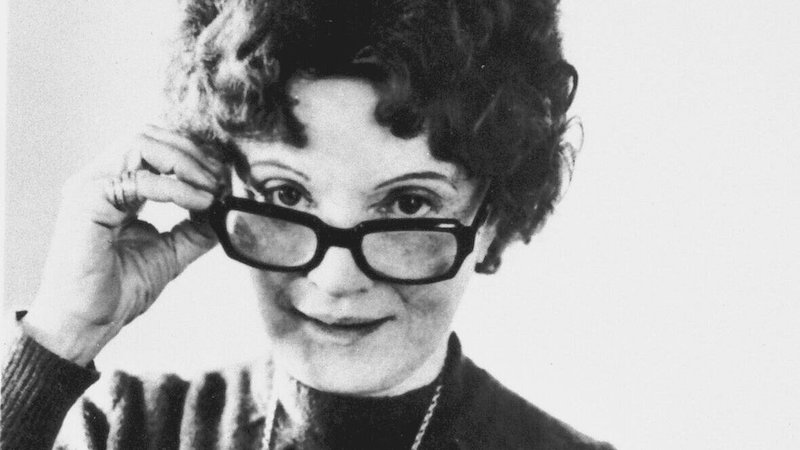
"I Like Bats"
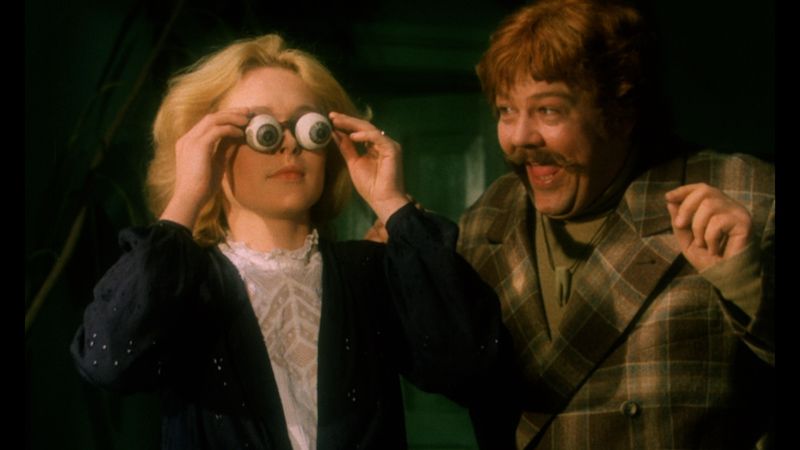
"I Like Bats" is what I often refer to as a vibe film. In other words, the plot and characters don't do much for me, but I love the feeling it conjures. Watching this movie reminds me of the old days spent flicking through the channels and stumbling upon some unknown gem on TCM. Sometimes I'd start watching at the halfway point but it wouldn't really matter because I was solely interested in the aesthetics. For the sake of summary, "I Like Bats" is a Polish film about a female vampire named Isabelle (Walter) who values her solitude above all else. She works at her aunt's antique shop and garners attention from many of its male patrons, but shows zero interest in their advances. Everything changes when she meets and falls in love with a psychiatrist named Rudolf Jung (Marek Barbasiewicz).
Perhaps the audio commentary, provided by actor Kamila Wielebska, would have deepened my appreciation for some of the themes, but I unfortunately didn't have time for a second watch. As with "Identikit," this film did make me want to learn more about Polish playwright, author, and screenplay co-writer, Krystyna Kofta. While the ideas never quite coalesced for me, there was a valiant attempt to craft Isabelle as a character who challenges social taboos, which I respect.

"Footprints"

"Footprints" is an experimental giallo film unlike anything else I've seen. The plot is simple: Alice, a foreign translator living in Italy, wakes from a strange, sci-fi film-inspired nightmare and realizes she has no recollection of the past three days. She initially believes a tranquilizer overdose is responsible for the lapse in memory, but begins to realize something sinister is afoot. When Alice finds clues of how she spent her lost time, she follows them to an eerie island called Garma where everyone seems to know her better than she knows herself. As Janisse says, "I don't profess to understand the conclusion of this convoluted film, but suffice to say Alice has some problems distinguishing fact from fiction, and memories from dreams."
It's a film about memory, identity, and how well any of us can trust our own perception. In this way, it reminds me of "Mulholland Drive" (2001) and "L'Avventura" (1960). The aforementioned are better films, but "Footprints" is worth watching for the wonderful cinematography by Vittorio Storaro (this release contains a lengthy interview with him) and a killer performance by Brazilian actress Florinda Bolkan, who also stars in "A Lizard in a Woman's Skin," among many other eurotrash films that I've immediately added to my watch list.
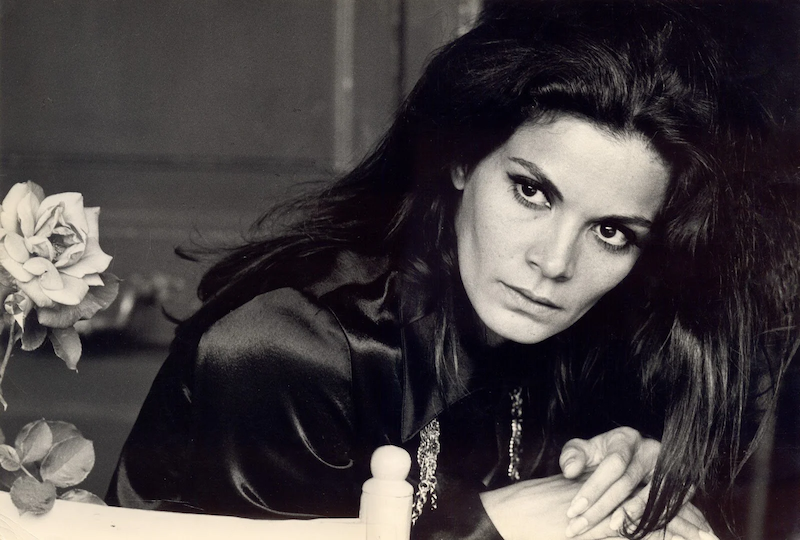
"The Other Side of the Underneath"
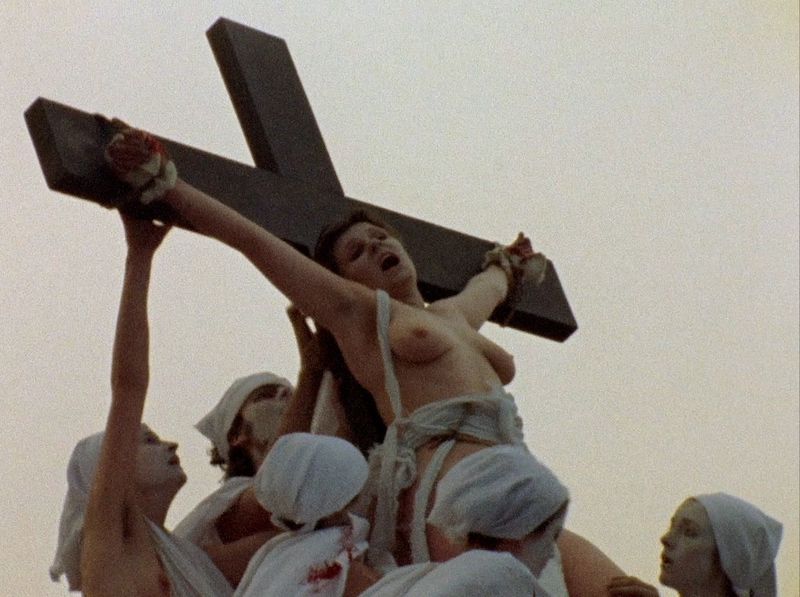
I'm ashamed to admit that before the release of this box set, I hadn't even heard of writer/director/actress/multi-faceted talent Jane Arden. In 1971, she wrote a play called "A New Communion for Freaks, Prophets and Witches" which she quickly adapted into the screenplay for "The Other Side of the Underneath." The film follows what Janisse calls "a schizophrenic woman's journey through her own psyche." At the time it was made, the anti-psychiatry movement — which loosely argued "carceral psychiatry punished rather than helped the patient" — was in full swing and embraced by many political radicals. While Arden subscribed to the core tenets of the movement, she ultimately found it limited due to its patriarchal structure. Through her film (and play) Arden directly challenges many of the popular preconceptions about mental illness and womanhood, arguing that "to be a woman in society was to be condemned to madness."
The film is not something I feel can be summarized in any meaningful way, but apparently, all of the actresses were on LSD throughout the filming process, which makes complete sense based on [gestures wildly] everything. This film is a difficult but rewarding watch, made all the better by supplementary interviews with actresses Sheila Allen, Natasha Morgan, and Penny Slinger. After sitting through this nearly two-hour assault on the senses, I was thankful for the Severin special features, which helped me sort through some of my more complex emotions.
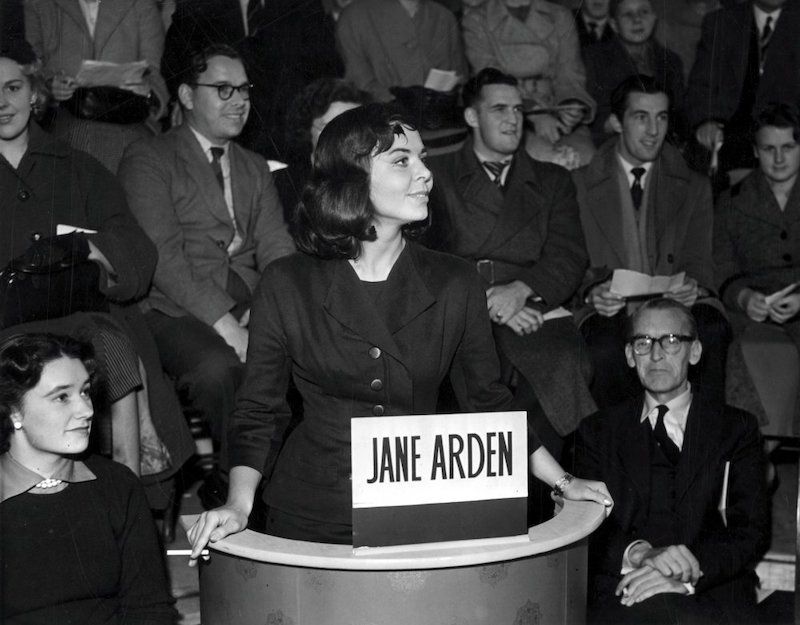
Buy the book, watch the movies, and thank me later 💀

